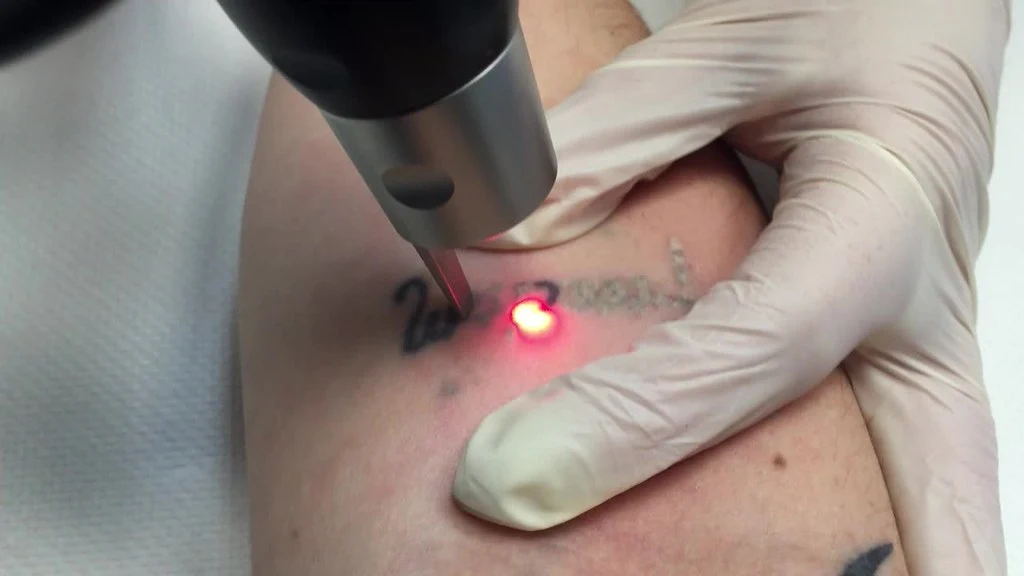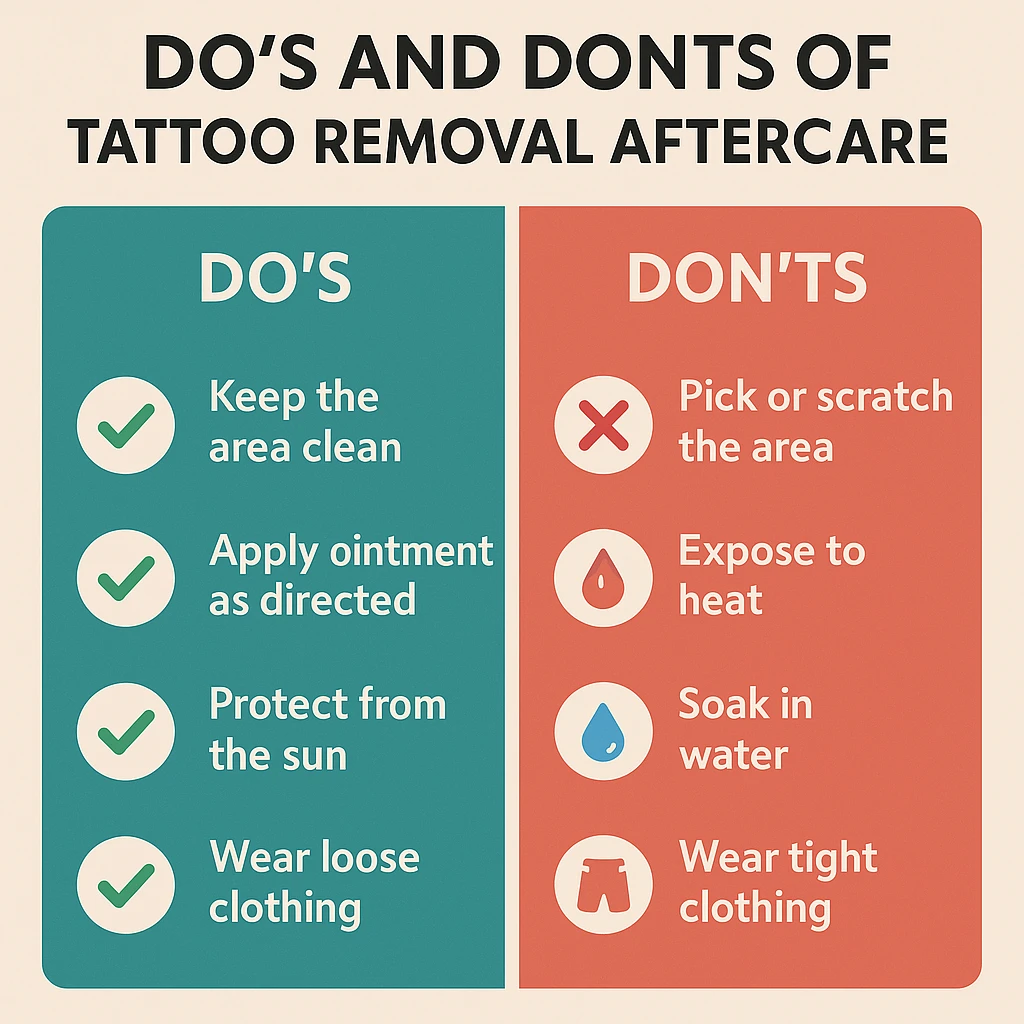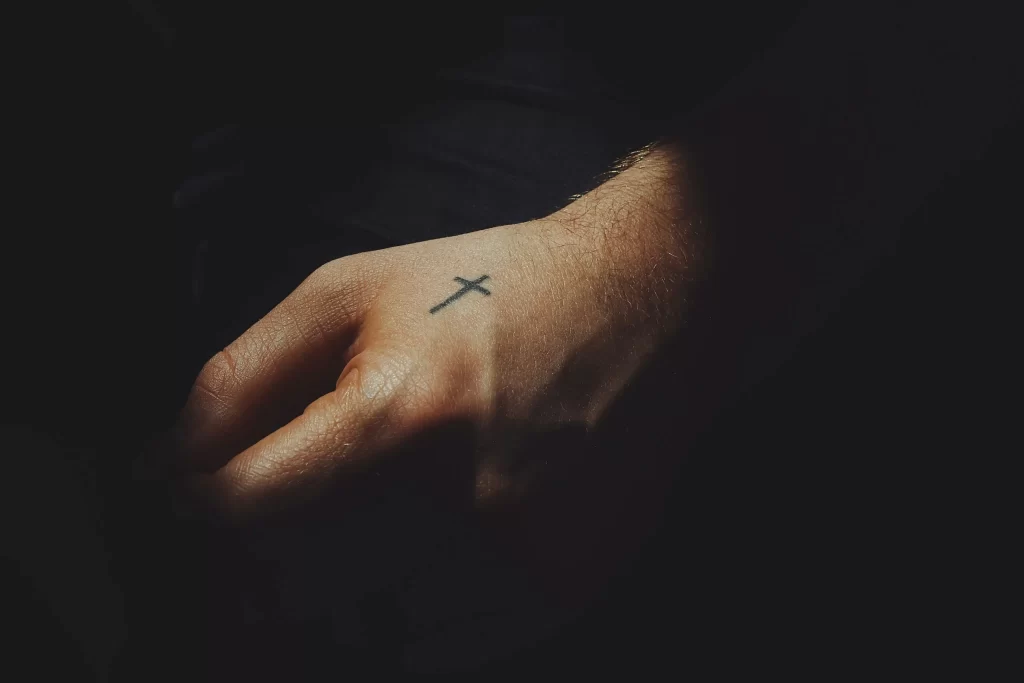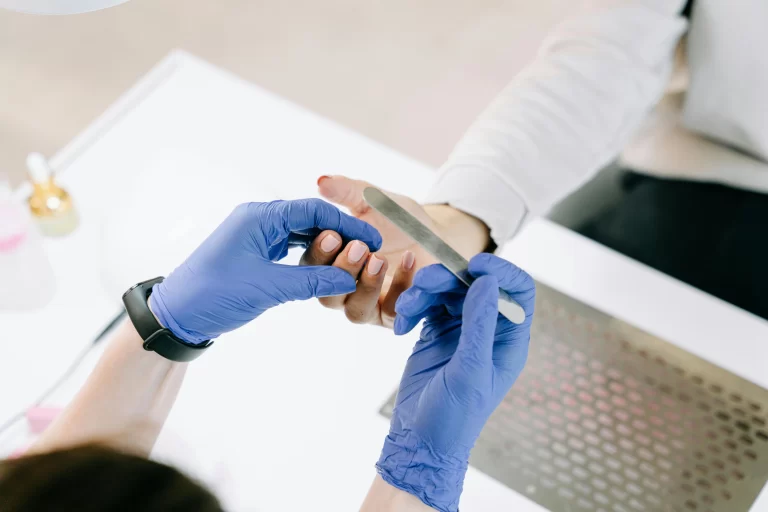Tattoo Removal Before and After: Full Guide to Safe and Effective Results
Tattoos are a personal way to express who you are. They can represent love, culture, memories, or art. The meaning of a tattoo can change over time, when it no longer feels right, or it doesn’t fit who you are today. In that case, tattoo removal can be a way to let go of the past and start fresh.
Today, thanks to new laser technology, removing a tattoo is safer, easier, and more effective than ever before.
In this guide, you’ll learn everything you need to know about tattoo removal before and after — including how it works, what results to expect, how much it costs, how to take care of your skin, and what the process feels like. If you’re thinking about removing a tattoo for personal, professional, or style reasons, this guide will help you make the right choice.
Why People Choose Tattoo Removal
The reasons people seek tattoo removal are as diverse as the tattoos themselves.
Tattoos are meant to be permanent, life circumstances change. That butterfly you got on spring break at 19 may not reflect your style or personality at 30. That name of a past partner? Enough said.
Here are the most common reasons people pursue tattoo removal:
- Regret over impulsive decisions
- Breakups or divorce
- Faded or distorted tattoos
- Career or professional limitations
- Improved self-image or personal growth
- Poorly done or amateur tattoos
- Cultural, religious, or lifestyle shifts
In many cases, tattoo removal isn’t just about erasing ink, It’s about letting go of a chapter of life. The psychological relief people feel after removal is often underestimated. For some, it restores confidence. For others, it allows them to feel more like themselves again.
How Tattoo Removal Works
Tattoo removal technology has come a long way. The most common method today is laser tattoo removal, which uses light pulses to break up ink particles beneath the skin. After the laser treatment, your body’s immune system processes and flushes out the fragmented ink over time.
Laser Types
There are two main types of lasers used:
- Q-switched lasers – Great for dark ink like black and blue
- PicoSure or PicoWay lasers – Advanced technology, more efficient at breaking down stubborn colors (red, green, yellow)

How the Process Feels
Laser tattoo removal is often described as feeling like a rubber band snapping against the skin. Tattoo removal is not painless, but it’s usually quick, and numbing creams are available to reduce discomfort.
Multiple Sessions Required
Most tattoos require multiple sessions, spaced about 6–8 weeks apart. As a general rule, people begin to notice fading after the second or third session. These appointments are usually spaced about 6 to 8 weeks apart.
- 5–8 sessions for smaller black tattoos
- 8–12+ sessions for large, colorful designs
The exact number depends on ink color, age of the tattoo, depth of pigment, skin type, and how your body responds.
Before the Treatment: What to Know
Proper preparation improves results and reduces the risk of side effects. Here are the main things to keep in mind before your first session.
Pre-Treatment Checklist
- Consult a licensed specialist – Always work with certified professionals.
- Avoid sun exposure – Tanned or sunburned skin increases the risk of complications.
- Shave the treatment area – Your provider will usually request this.
- Don’t use creams, lotions, or makeup – Keep the area clean and product-free.
- Stay hydrated and healthy – A strong immune system helps flush ink particles faster.
Who Should Avoid Laser Tattoo Removal?
Laser tattoo removal isn’t for everyone. You should avoid or postpone treatment if you:
- Are pregnant or breastfeeding
- Have open wounds or skin infections
- Take blood thinners or have clotting issues
- Have unrealistic expectations about complete removal
- Have certain medical or autoimmune conditions
Tattoo Removal Before and After: What to Expect
Let’s talk about results—because that’s what most people are curious about when considering tattoo removal. While outcomes vary depending on multiple factors, many patients start noticing subtle fading after just the first or second session.
The complete removal process is far from instant. It takes time, commitment, and proper care between each session to achieve optimal results. Depending on your skin type, tattoo location, ink density, and color, you could need anywhere from 5 to 12+ sessions.
Transitioning between each session, your skin continues to eliminate fragmented ink particles naturally. That’s why, it’s crucial to allow enough healing time and avoid rushing appointments.
Typical Progression
- Session 1–2: Initial fading starts, redness or blistering is normal
- Session 3–4: Ink starts breaking down faster, tattoo noticeably lighter
- Session 5–6: Dramatic fading; some colors may persist
- Session 7–10+: Final fading, ghosting may remain
Not all tattoos will disappear 100%. Factors like ink depth, skin tone, and color complexity can impact results. Factors like ink depth, skin tone, and color complexity can impact results.
Tattoo Ink & Skin Tone: How They Affect Removal
Not all tattoos—and not all skin tones—respond the same way to laser treatments. Ink color and skin type both play a major role in how effective your sessions will be.
- Dark Ink (Black, Blue): These absorb laser energy well and tend to fade the fastest.
- Bright Colors (Green, Yellow, Red): These are more difficult to remove because they reflect light. They often require more sessions with specific laser wavelengths.
- White Ink: One of the most challenging pigments; it may oxidize and darken during treatment before it lightens.
Your skin tone also matters:
- Lighter skin tones: Generally experience fewer complications and see faster fading.
- Darker skin tones: Require more careful laser calibration to avoid pigment changes like hypopigmentation or hyperpigmentation. But with the right equipment (such as Nd:YAG lasers), effective and safe results are still achievable.
If you have medium-to-dark skin and want to remove a tattoo, be sure to visit a clinic experienced with a variety of skin tones and laser types. That expertise will help prevent unwanted side effects and give you the best possible outcome.
Real Case Examples
Let’s look at some fictional but realistic examples that reflect the kinds of results people see with proper treatment.
1. Small Black Tattoo
- A small symbol tattoo on the wrist
- Age: 10 years old
- Sessions: 6
- Result: Fully removed, no scarring
2. Colorful Floral Piece
- A large floral design with vibrant colors
- Age: 3 years
- Sessions: 10+
- Result: 80% faded, green and yellow ink still visible
3. Name Tattoo on Neck
- An ex-partner’s name tattooed on the neck
- Age: 6 years
- Sessions: 8
- Result: Nearly gone, very light shadow remains
Each of these cases involved following aftercare closely, which made a significant difference in healing and results.
Aftercare: Healing and What to Expect
Laser removal isn’t a “one-and-done” experience. Instead, your skin needs to heal properly between sessions for the best outcome.
Healing Timeline
- Days 1–3: Redness, swelling, mild blistering
- Days 4–7: Scabs form, itching may begin
- Week 2: Scabs flake off, skin looks dry and pale
- Weeks 3–6: Fading continues beneath the surface
- Week 6–8: Skin is ready for the next session
Aftercare Tips
- Keep the area clean and dry.
- Avoid sun exposure or tanning beds.
- Don’t pick at scabs or blisters
- Avoid swimming pools and saunas
- Use a gentle moisturizer (as recommended)
- Wear loose, breathable clothing
Following proper aftercare reduces the chance of scarring, irritation, or infection—and it dramatically boosts your long-term results. What you do between sessions is just as important as the treatment itself.
For instance, applying harsh creams, picking at the treated area, or exposing it to UV rays can delay healing or cause damage. On the flip side, wearing breathable fabrics, using healing ointments as prescribed, and staying out of the sun will speed up recovery.
Remember, each session builds on the last. The better you take care of your skin, the fewer sessions you might need overall.

Cost of Tattoo Removal
The cost of laser tattoo removal varies based on multiple factors:
- Size of the tattoo
- Location on the body
- Number of sessions needed
- Type of laser used
- Clinic reputation and location
Average Pricing
- Small (under 2 inches): $100–200 per session
- Medium (2–4 inches): $250–400 per session
- Large/complex tattoos: $500+ per session
Some clinics offer package deals or financing options, especially for long-term removal plans. Be sure to ask about this during consultation.
Risks and Side Effects
Laser tattoo removal is considered safe, but like any cosmetic procedure, there are risks.
Possible Side Effects:
- Redness and irritation
- Temporary blistering
- Swelling or bruising
- Hyperpigmentation (dark spots)
- Hypopigmentation (light spots)
- Minor scarring (rare with professional care)
Fortunately, most side effects are temporary and resolve within a few weeks.
Alternatives to Full Removal
If you’re not ready to commit to full tattoo removal, there are a few alternatives:
- Tattoo fading: For instance, lighten existing ink to prepare for a cover-up
- Makeup camouflage: High-coverage makeup or tattoo concealers
- Laser partial removal: Remove part of a tattoo while leaving the rest intact
- Medical camouflage tattoos: Skin-toned pigment blended into the skin
Questions to Ask Before Booking Tattoo Removal
Choosing the right provider is key to getting safe, effective results. Before committing, take time to ask the following:
- What type of lasers do you use? Are they suitable for my skin tone and ink color?
- How many sessions do you expect for my specific tattoo?
- Can I see before-and-after photos of past clients with similar tattoos?
- What are the risks for my skin type?
- What training or certification do your technicians have?
- What does aftercare look like, and do you offer support during healing?
These questions will help you filter out low-quality providers and avoid unnecessary risks. A reputable clinic will gladly answer these and provide transparency about the process.
Lifestyle Bonus: Nail Tips for a Full Self-Care Routine
As you work on restoring your skin, don’t forget to care for other parts of your body—like your nails! Beautiful nails are part of the total aesthetic, and maintaining them is easier than you think.
Check out our related lifestyle article:
Nail Tips for Healthy, Beautiful Nails: Care Guide + Latest Trends
It’s packed with expert tips, natural remedies, and the latest nail trends to keep your hands looking just as fresh as your skin.
Final Thoughts: Is Tattoo Removal Right for You?
Choosing to remove a tattoo is a deeply personal decision. It’s not just about erasing a mark—it’s about moving on, redefining yourself, or making space for something new. The process requires time, money, and patience, but for many people, the end result is worth every step.
If you’re thinking about it, talk to a certified professional, manage your expectations, and stay committed to the process. With modern technology and proper care, your skin can look clear, healthy, and ink-free again.
Remember, the best time to start was yesterday. The second best time? Today.






One Comment
Comments are closed.